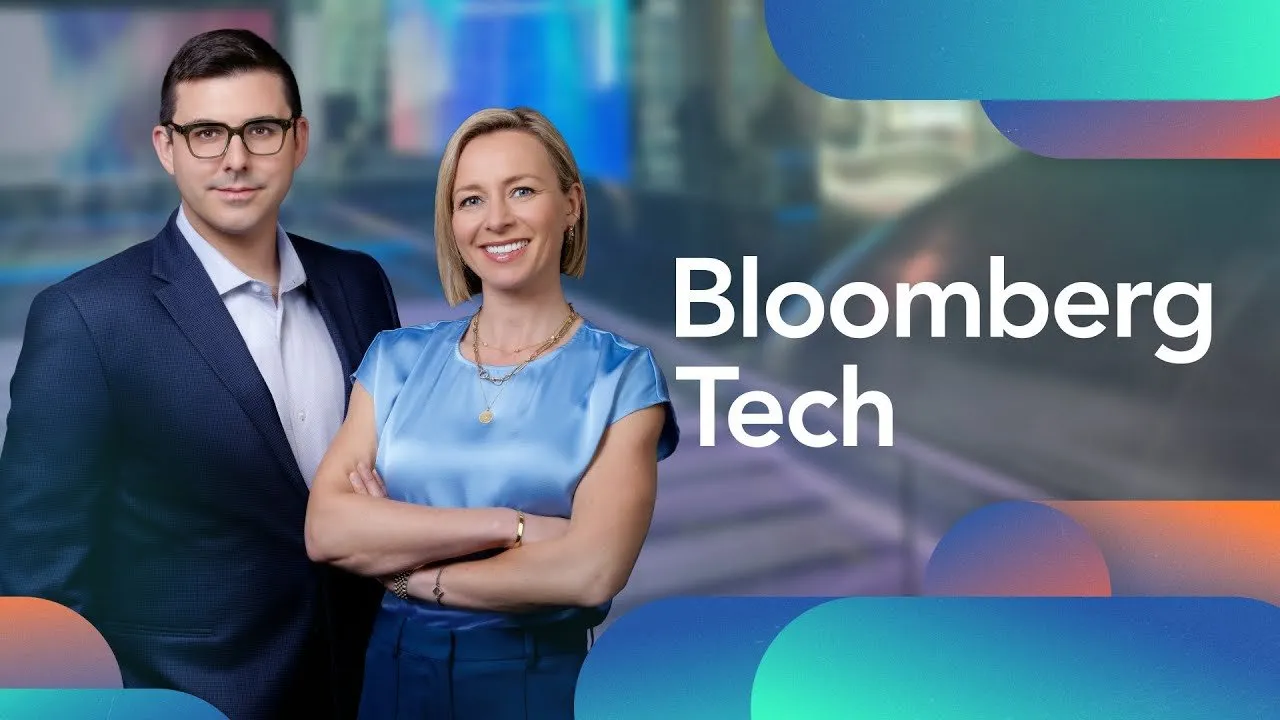Table of Contents
A comprehensive analysis of how trade policy uncertainty, digital asset treasuries (DATs), and tokenization trends are reshaping crypto markets while Bitcoin volatility migrates to public equities.
Key Takeaways
- Trump's new tariff threats target Japan, South Korea, and other nations with 25-40% rates, but markets expect negotiated settlements rather than implementation
- Digital Asset Treasury companies (DATs) are capturing crypto volatility as traditional spot markets mature and institutional flows dominate
- Bitcoin's realized volatility has plummeted to multi-year lows while treasury company stocks exhibit extreme price swings reminiscent of altcoins
- Tokenized equities face significant infrastructure hurdles despite growing interest from major exchanges like Robin Hood, Coinbase, and Kraken
- Stablecoin adoption continues accelerating, with Tron dominating payments at 60% market share despite Ethereum's historical dominance
- AI infrastructure demand is driving Bitcoin miners toward strategic pivots, exemplified by CoreWeave's $9 billion acquisition of Core Scientific
- Onchain crypto activity remains severely depressed while institutional Bitcoin adoption through ETFs continues gaining momentum
- The crypto market appears increasingly bifurcated between institutional-grade assets and struggling altcoins lacking product-market fit
Trump's Tariff Strategy: Political Theater or Economic Reality?
The latest round of tariff announcements from the Trump administration has targeted key trading partners with substantial rate increases. Japan and South Korea face 25% tariffs, while countries like South Africa could see 30% rates and Myanmar up to 40%. However, market participants largely view these moves as negotiating tactics rather than permanent policy shifts.
The delayed implementation until August 1st provides a crucial window for diplomatic resolution. Trump's administration has consistently walked back initial tariff threats, suggesting this pattern will continue. The focus appears centered on opening foreign markets to American agriculture and energy exports rather than implementing punitive trade barriers.
Current inflation data supports this measured interpretation. Despite months of existing 10% tariffs, inflation reports haven't shown significant increases. Trump's current term shows 1.5% annualized CPI growth, and removing shelter costs brings inflation to target levels. Housing costs continue declining, creating deflationary pressure that could offset potential tariff impacts.
Federal Reserve positioning adds another layer of complexity. Jerome Powell faces growing political pressure while maintaining data-dependent monetary policy. The confusion between forecasting and data-driven approaches suggests internal disagreement about appropriate responses to trade policy uncertainty.
The Great Volatility Migration: From Crypto to Stocks
Bitcoin's maturation as an institutional asset has fundamentally altered crypto market dynamics. The asset's realized volatility has collapsed to levels not seen in years, despite historically bullish headlines surrounding crypto adoption and regulatory clarity.
ETF approval and institutional adoption have created sophisticated volatility suppression mechanisms. Options markets, structured products, and covered call strategies now dampen Bitcoin's traditional price swings. This transformation occurred faster than anticipated, taking roughly one year instead of the expected multi-year timeline.
The displaced volatility has migrated to Digital Asset Treasury (DAT) companies like MicroStrategy, which now exhibits annualized volatility around 100% compared to Bitcoin's 50%. These public equities display price patterns resembling historical altcoin behavior, with dramatic moves and subsequent corrections becoming commonplace.
This shift reflects crypto's institutional maturation but creates challenges for traditional crypto traders. The cryptonative market experiences even lower volatility, with products like Deribit's DVA reaching multi-year lows. Previously reliable volatility trading strategies no longer function as expected.
Stablecoin Dominance and Payment Infrastructure
Stablecoin adoption continues expanding across traditional payment corridors, though market share distribution reveals surprising patterns. Despite Ethereum's historical dominance, Tron commands approximately 60% of actual payment volume, particularly in emerging markets where USDT usage remains prevalent.
Recent analysis of 31 payment-focused companies using stablecoins shows Ethereum maintaining roughly 30-35% market share for payments, while Tron's dominance stems from its established presence in international remittance corridors. Transaction sizes average $100-200k, often representing batched payments rather than individual transfers.
The infrastructure supporting these payments faces significant challenges. Major trading firms require approximately two years to implement 24/7 collateral mobility systems for tokenized assets. Traditional financial institutions struggle with technical debt accumulated over decades, particularly around weekend settlement restrictions hardcoded into legacy systems.
However, the fundamental value proposition remains compelling. Programmable money enables intraday yield generation, atomic settlement, and seamless multi-asset trading capabilities that represent clear infrastructure improvements over existing systems.
Tokenization Reality Check: Infrastructure Meets Innovation
Tokenized equities face a stark reality despite growing exchange interest. Robin Hood's recent OpenAI tokenization controversy highlighted the gap between marketing promises and technical implementation. The company's L2 launch represents a controlled approach to managing regulatory and compliance constraints.
Kraken's alternative strategy involves native SPL tokens on Solana, which immediately dwarfed BASE's volume within 48 hours of launch. This success demonstrates retail appetite for tokenized products when friction is minimized and costs remain low.
The fundamental challenge involves traditional market infrastructure readiness. Major financial institutions lack systems capable of 24/7 settlement, with technical debt creating implementation timelines measured in years rather than months. Career risk considerations within large organizations further slow adoption of innovative settlement mechanisms.
Private markets present different opportunities than public equity tokenization. Alternative capital markets could benefit significantly from blockchain infrastructure, potentially disrupting traditional Wall Street gatekeepers while providing broader capital access for private credit and equity issuance.
AI Infrastructure Reshaping Mining Economics
CoreWeave's $9 billion all-stock acquisition of Core Scientific illustrates the dramatic shift occurring within Bitcoin mining. The deal represents a friendly transaction allowing CoreWeave to use public market currency while Core Scientific gains liquidity and growth prospects.
The acquisition specifically eliminates Core Scientific's Bitcoin mining operations in favor of AI data center development. This strategic pivot reflects superior returns available in AI infrastructure compared to traditional mining operations. The presentation emphasized enhanced financing capabilities and vertical integration benefits.
Bitcoin miners increasingly face a competitive landscape requiring full-stack business models. Vertical integration toward energy sources, data center ownership, and diversified revenue streams has become essential for survival. General-purpose data center businesses without massive global scale struggle to compete effectively.
Energy access remains the critical differentiator. These facilities' primary value often lies in their energy hookups rather than computing infrastructure. CoreWeave's strategic energy supply contracts, secured well before going public, provide a three-year revenue backlog worth $8 billion.
Market Outlook: Bifurcation and Institutional Flows
The crypto market displays clear bifurcation between institutional-grade assets and struggling altcoins. Bitcoin functions as a macro asset with significant ETF inflows and treasury company adoption. Meanwhile, most other cryptocurrencies lack meaningful onchain activity or institutional interest.
Smart contract platforms like Ethereum and Solana capture some institutional attention, particularly around stablecoin infrastructure and DeFi protocols with demonstrated product-market fit. However, the broader altcoin market struggles without the speculative flows that historically drove prices higher.
Bitcoin dominance continues rising, suggesting limited altcoin season prospects for 2024. The combination of suppressed volatility, institutional focus on Bitcoin, and reduced cryptonative trading activity creates challenging conditions for alternative cryptocurrencies.
Public market opportunities increasingly attract crypto capital through IPOs and treasury companies. The volatility and momentum factors that traditionally drew investors to crypto assets are now available in public equities, creating competition for investment flows.
The crypto market appears positioned for continued institutional adoption while retail engagement remains subdued. Treasury companies provide exposure to crypto volatility through familiar public market structures, potentially representing the future of crypto investment for many institutional and retail participants.
This evolution toward traditional market characteristics represents crypto's maturation but also signals the end of its Wild West phase. Future growth likely depends on genuine utility development rather than speculative trading, marking a fundamental shift in market dynamics.





